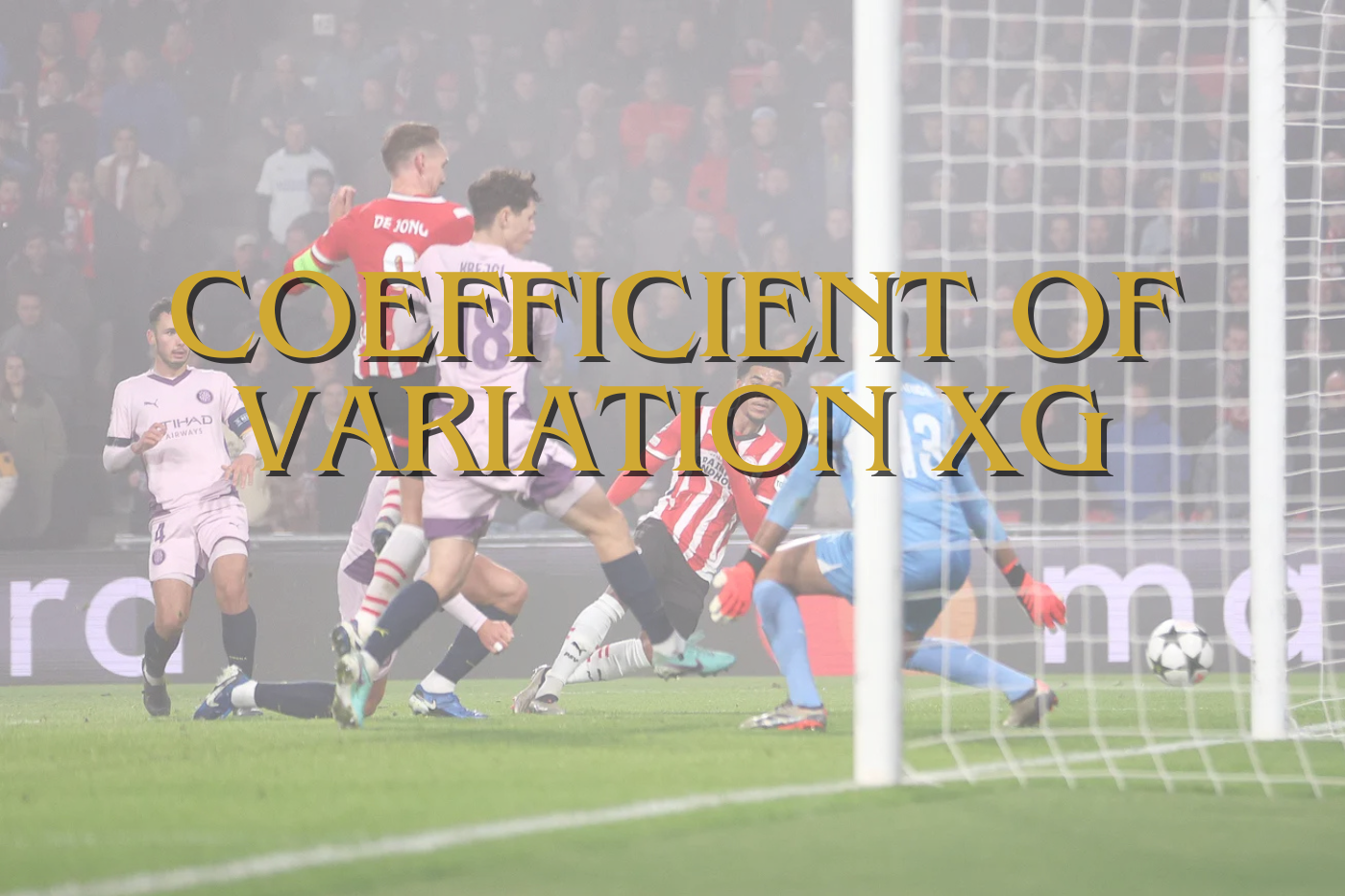I love to make these analyses of case studies and in this piece I will look at the Italian Primavera or the U19 games of men’s football in Italy. I’ve studied 17 clubs across different levels in the Primavera.
Why Primavera?
Why the Primavera? This has everything to do with academy football. They are the highest youth teams in Italy and they demonstrate a playing philosophy that has been nearly perfected and that should be reflected by the first team. The difference is that a first team MUST get results, while an academy team is a lot about development and growth of a player. That’s the main reason why I wanted to look into the primavera.
So I specifically concentrated on teams playing a 3-1-4-2. This could be read as 3-5-2, but the reason why I made this distinction is because of the role of the single pivot or defensive midfielder.
In possession
With the ball the teams playing a 3-1-4-2 had a very clear structure. They had three central defenders, two wing backs and a very distinct playing defensive midfielder. Two advances midfielders or two number ’10’s – and of course the two strikers. In the image below you can see how they typically were set up

As you can see in the image above, they are lined up against a 4-4-2 (which is not exactly typical in Italian football, but used a lot for training purposes). The back three us playing close to each other and what was important for the teams playing with the back three, was that the left central defender and the right central defender, were confident on the ball and they were tasked with playing passes through the middle to the advanced midfielders.
In possession, the two wing-backs played high up the pitch, in the middle third. They contribute to the attack via receiving passes, making runs down the line and providing crosses into the box from the flank. The strikers would attack these and try to score from these crosses.
The defensive midfielder would play a little bit more conservative. He would distribute passes forward and pick out key passes or through passes, but remained on his position. This was needed as he was tasked with organising rest-defence and being the first player to break the attack. A solid rest-defence of four players was often a required principle of the teams researched.
Out of possession
When the opponents have the ball and advance from the middle third to the defensive third, the 3-1-4-2 has transformed into a 6-2-2 formation, which give a very compact defensive line.

As you can see in the image above, the opponent has advances and change to a 4-2-4 formation, which mean that the team researched needed to create majority in defence to win the direct duels. They have been doing that by dropping deep with their back three, as you can see.
The defensive midfielder drops deep and plays very close to the back three in order to create a 4v2 in the middle. The wing backs also have dropped deep and play on the same line as the defensive midfielder – effectively making it a 6-man defence which gives them a superiority of six against the four attackers of the opponent.
The two advances midfielders also drop and support the defence, but at the same time look at the defensive midfielders of the opponent in case they want to progress on the field. The two strikers become detached from each other with one striker staying high and the other dropping a bit more in his shadow.
Transition from attack to defence
Of course you have a transition phase from attack to defence and defence to attack, but I thought the transition from attack to defence was particularly interesting. The 3-1-4-2 advanced on the pitch with the three central defenders positioned in the middle third.
As soon as they lost the ball you had four players moving a direction to try to regain possession of the ball.

As you can in the image below, a few things have changed from the 3-1-4-2 when the ball is lost in the attacking third. The wing backs have to trail back in order to assist the defence and make sure the four-man attack of the opponent can’t progress too much.
The defensive ‘diamond’ – consisting of the three central defenders and the defensive midfielder – changes into a four-man defence. The central duo is formed by the middle central defender and the defensive midfielder.
The left central defender and right central defender leave their position and go press the wide-midfielders of the opponent in order to regain possession of the ball or draw them into making mistakes. This looks like a 4-4-2 just when they lost the ball, but eventually changes into the 6-2-2 as we have seen above.
Final thoughts
It was great to see that a lot of Primavera teams played with three at the back with a defensive midfielder, but what was surprising to me was the fact that played with six at the back in the defensive phase of play when the opponent attacked with three or more attackers. This might not be exactly the case in the first team, but to me it was a sign that the defensive art of play still is living in Italy.







